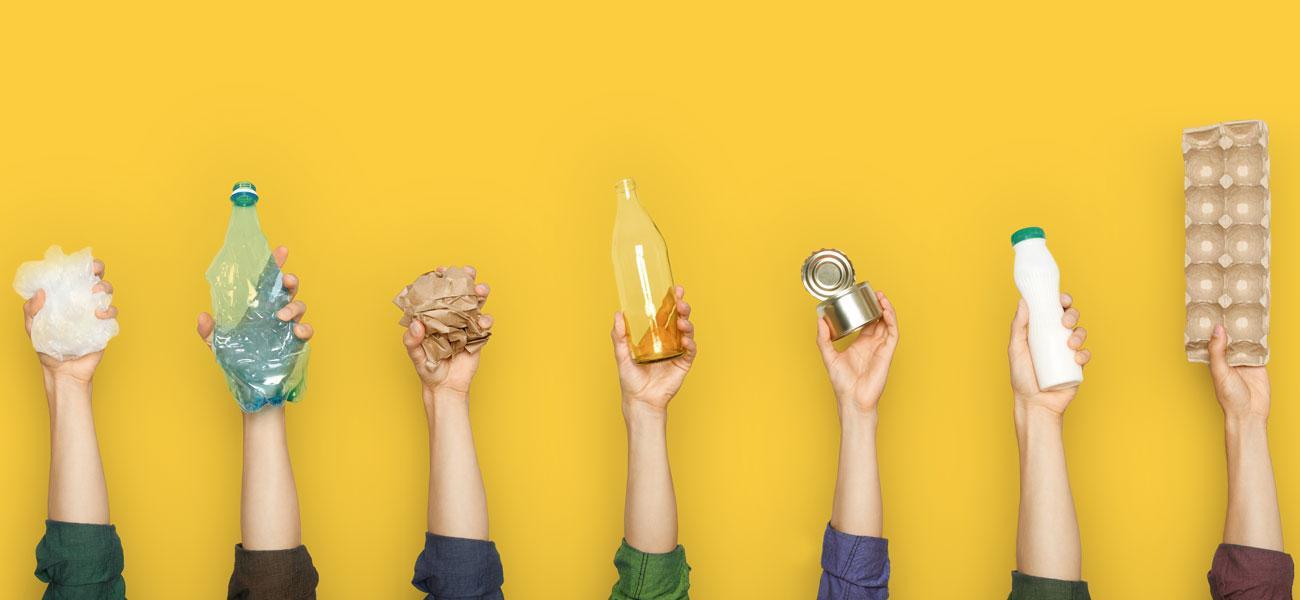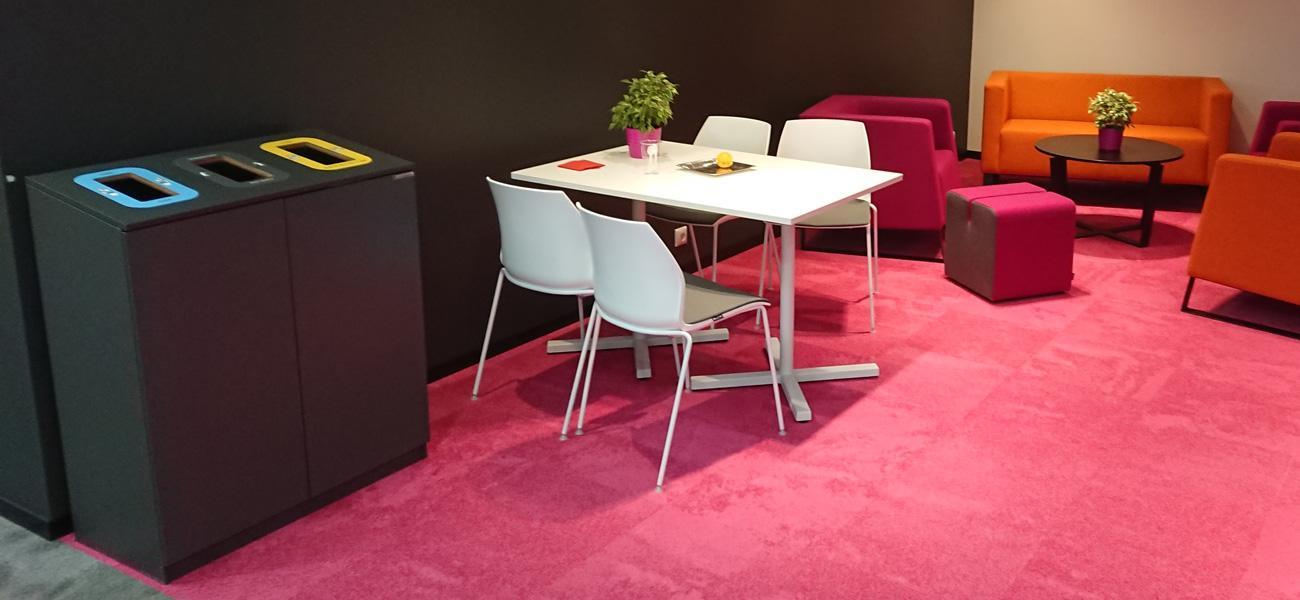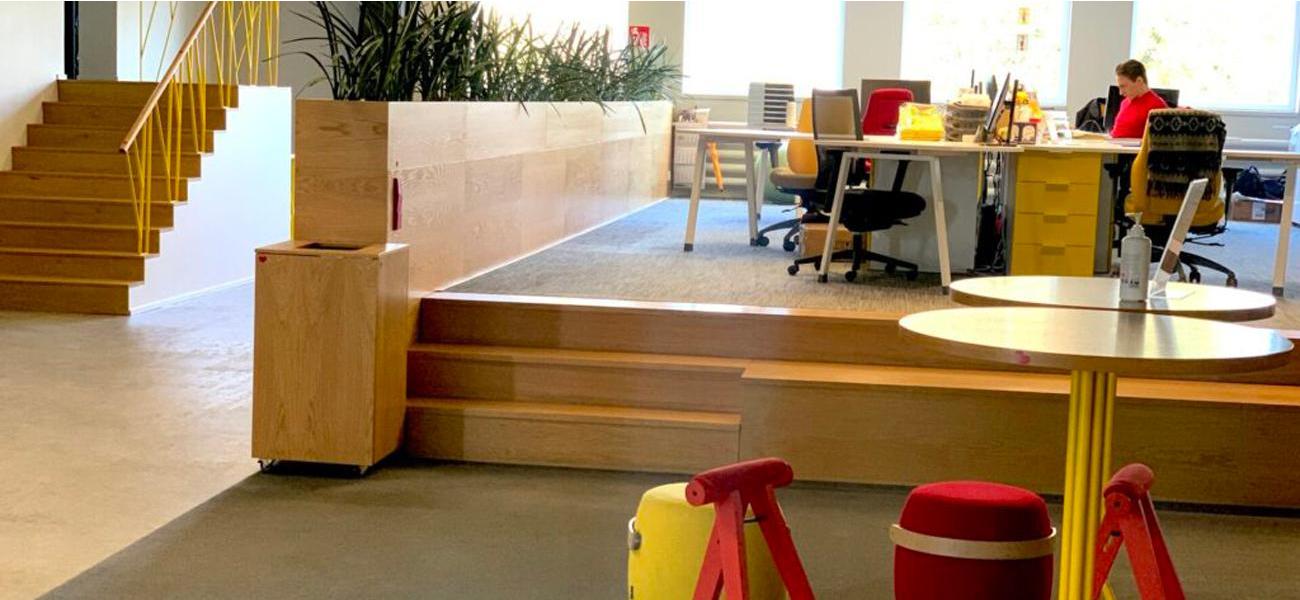
Change in waste sorting: more packagings for recycling!
Waste sorting is a good way to do a good deed for our environment. Every year, more than 300kg of waste is generated per person. Many of them are packagings made of different materials (glass, cardboard, plastic, metal , etc.). Many materials can be given a new life, but only if they are collected separately.
The aim of the new waste sorting system is to bring even more packagings into recycling than before. In the past, glass, cardboard and paper packagings could also be collected into a mixed container, but now they are divided into three different containers: a glass, cardboard and paper and mixed container.
Which packagings can be discarded in which container?
| GLASS CONTAINER | MIXED CONTAINER | CARDBOARD AND PAPER CONTAINER | |
| ALLOWED |
|
|
|
| NOT ALLOWED |
|
|
|
Why is it important to sort packagings?
In order for packagings to be recycled, it is important that they cannot be damaged before recycling. If the glass is thrown into other packagings, there is a risk that it may break and the glass will be difficult to obtain. This means that valuable material will not be used. Glass is a 100% recyclable material that can be recycled infinitely without compromising on quality. About 200 glass bottles or jars can be produced from 100kg of glass.
Paper and cardboard are biodegradable materials that emit methane when they end up in landfills. Methane is 20 times as potent greenhouse gas as carbon dioxide. Collecting and recycling 1 tonne of paper and cardboard saves 17 trees, 3000-4000kW of electricity, 30m3 of water and 27kg or 95% of the air emissions from paper production. In addition, of course, the amount of waste going to landfill and the emission of greenhouse gases will be reduced. Paper and cardboard must be collected separately from other packagings to prevent contamination with food residues and liquids.
Waste sorting may seem cumbersome at first glance, but the right tools can make it easier and more convenient. Read more HERE.



